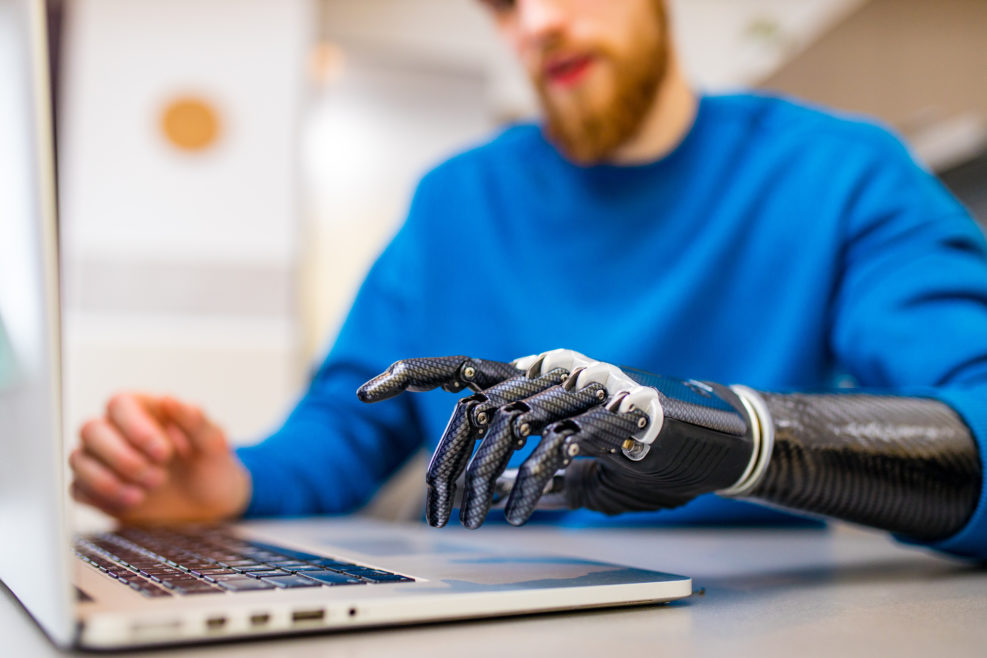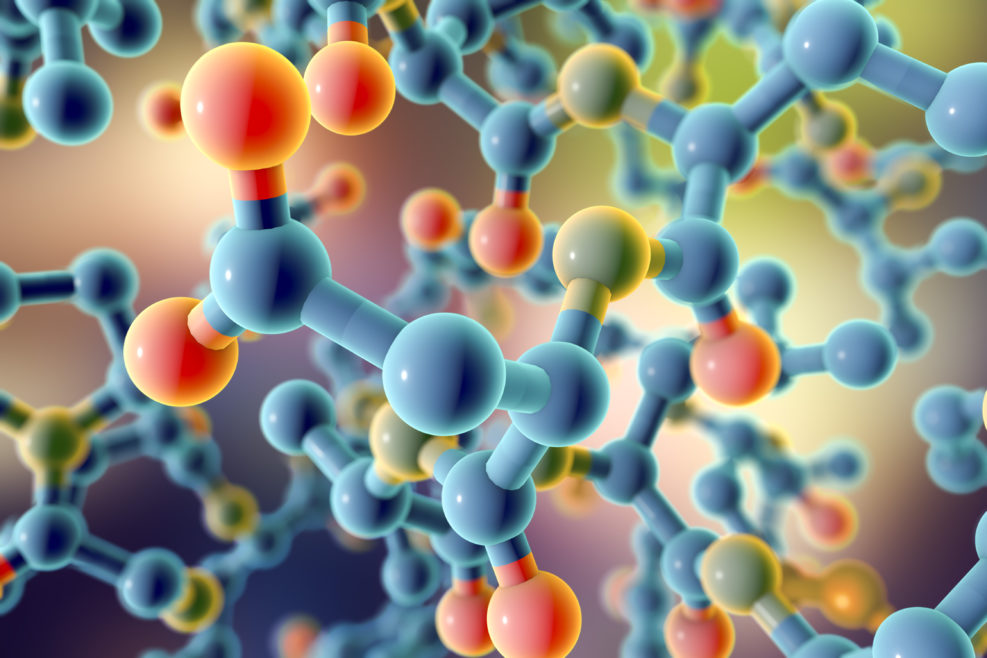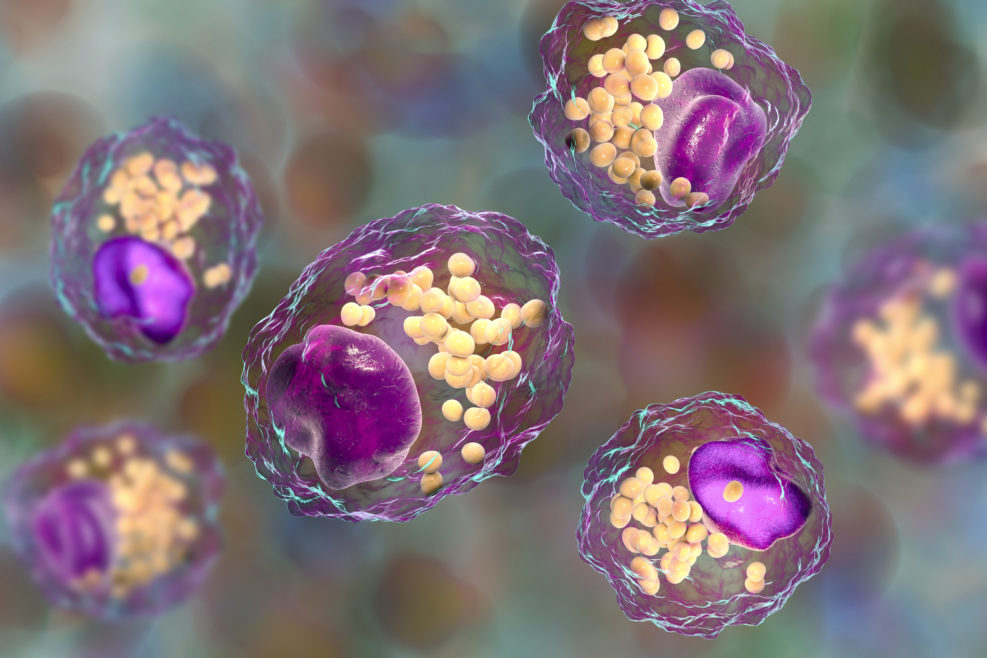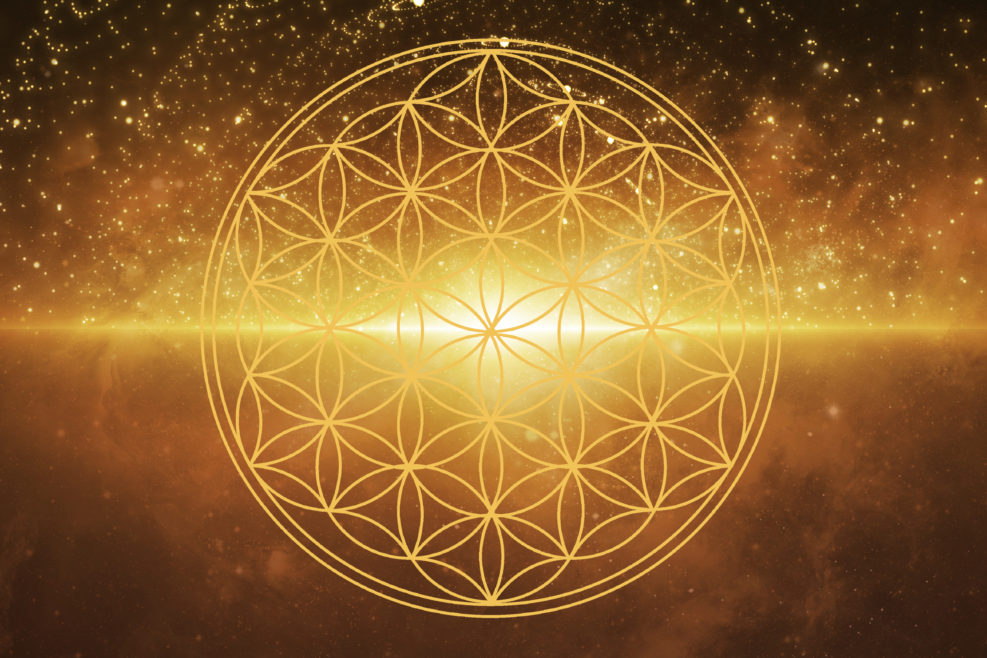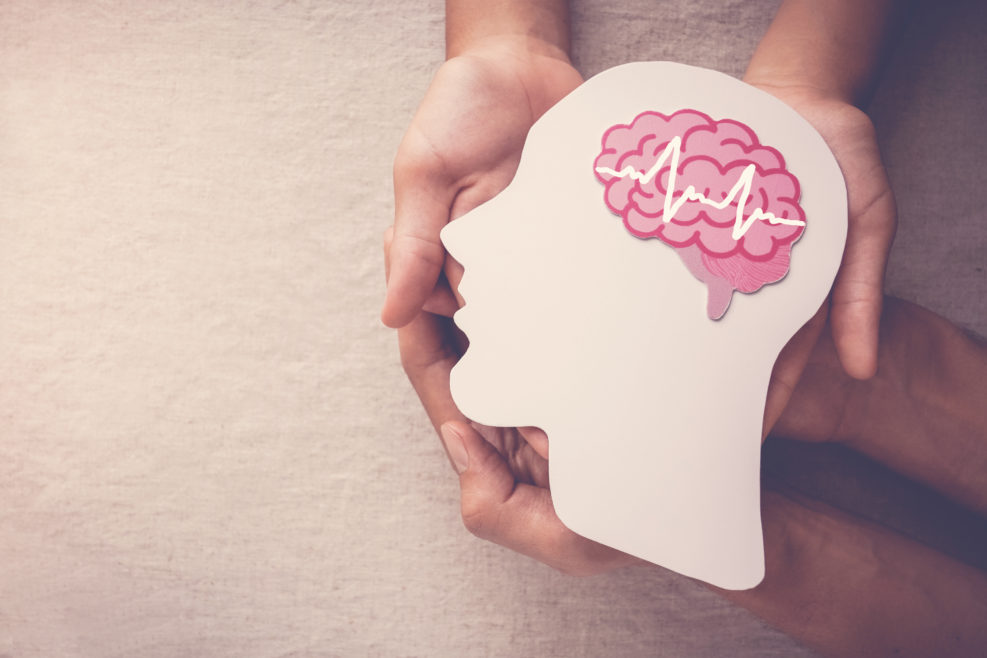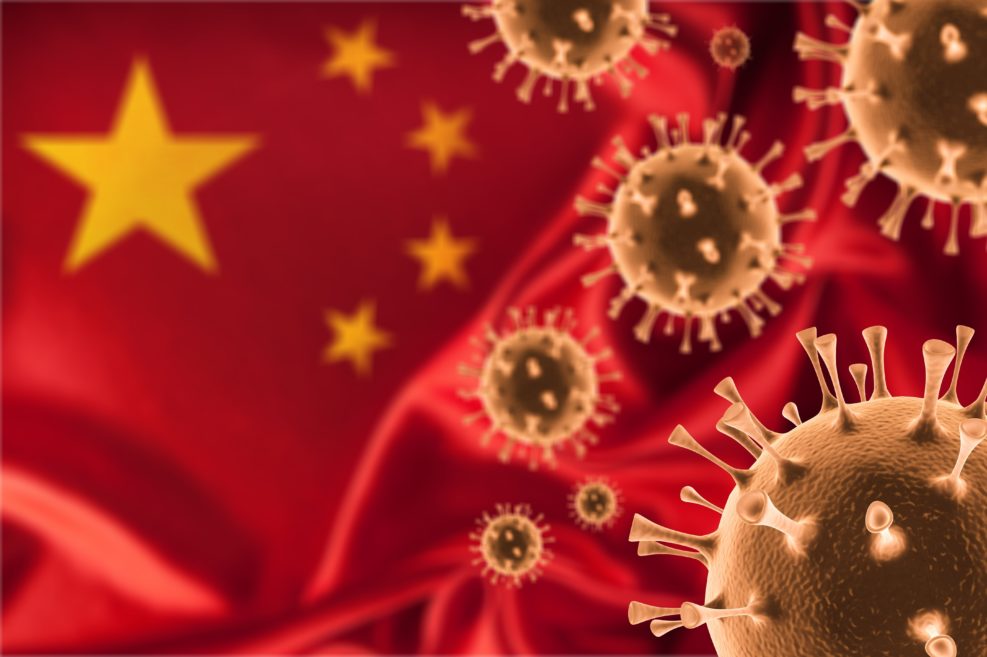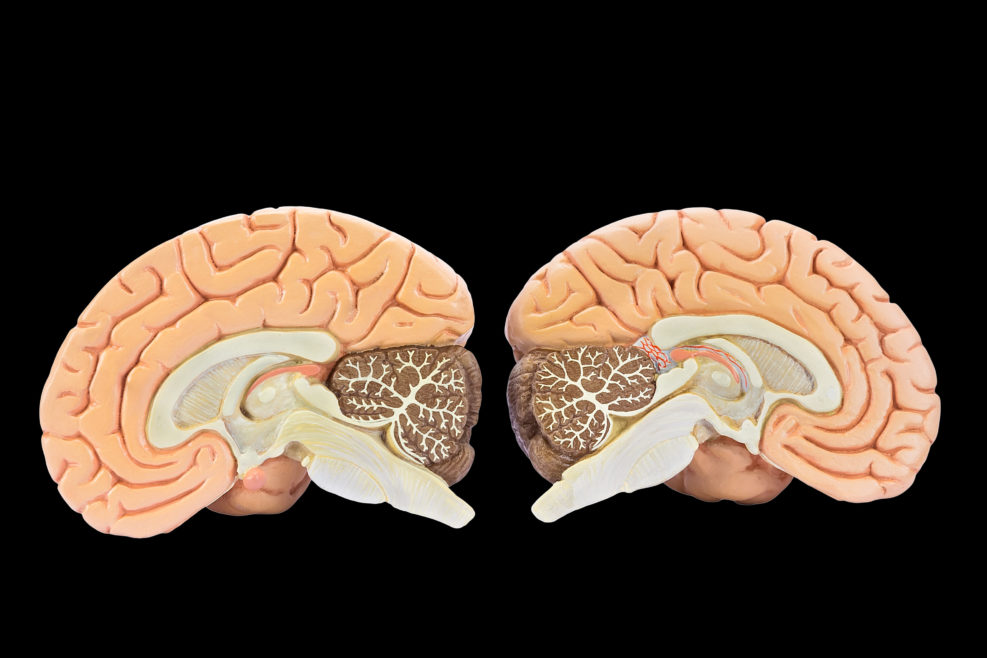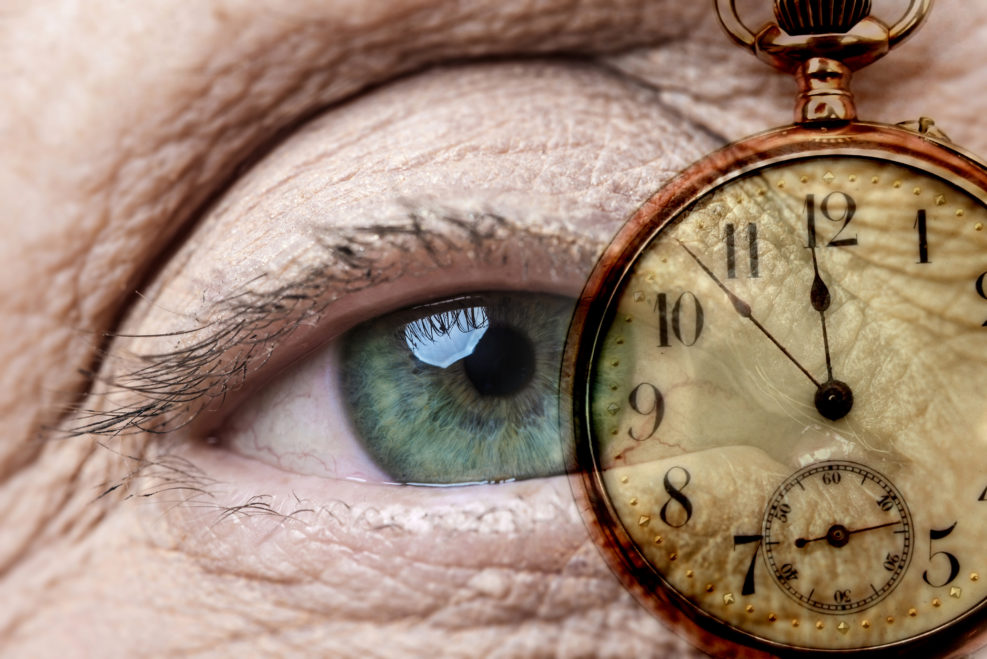
CEO Seeking Fountain of Youth to Speak at COSM 2021
OISIN Biotechnologies seeks to make the hope of perpetual youth reality through advanced technology and medicineCOSM is described as “an exclusive national summit on the converging technologies remaking the world as we know it.” What fits that description more than a company working to extend human life using advanced technology? This November, Matthew Scholz – CEO and co-founder of OISIN Biotechnologies – will be one of the many accomplished leaders in science, technology, and business to speak at COSM 2021. Based in Seattle, OISIN Biotechnologies is dedicated to “ameliorating age-associated degeneration and disease.” How so? Explains GeekWire: [OISIN is] currently developing preclinical therapies that target and kill damaged cells that have been biologically turned off or are “senescent” and supposed to die. But as people get older, the cells can persist as “zombie cells” that Read More ›

